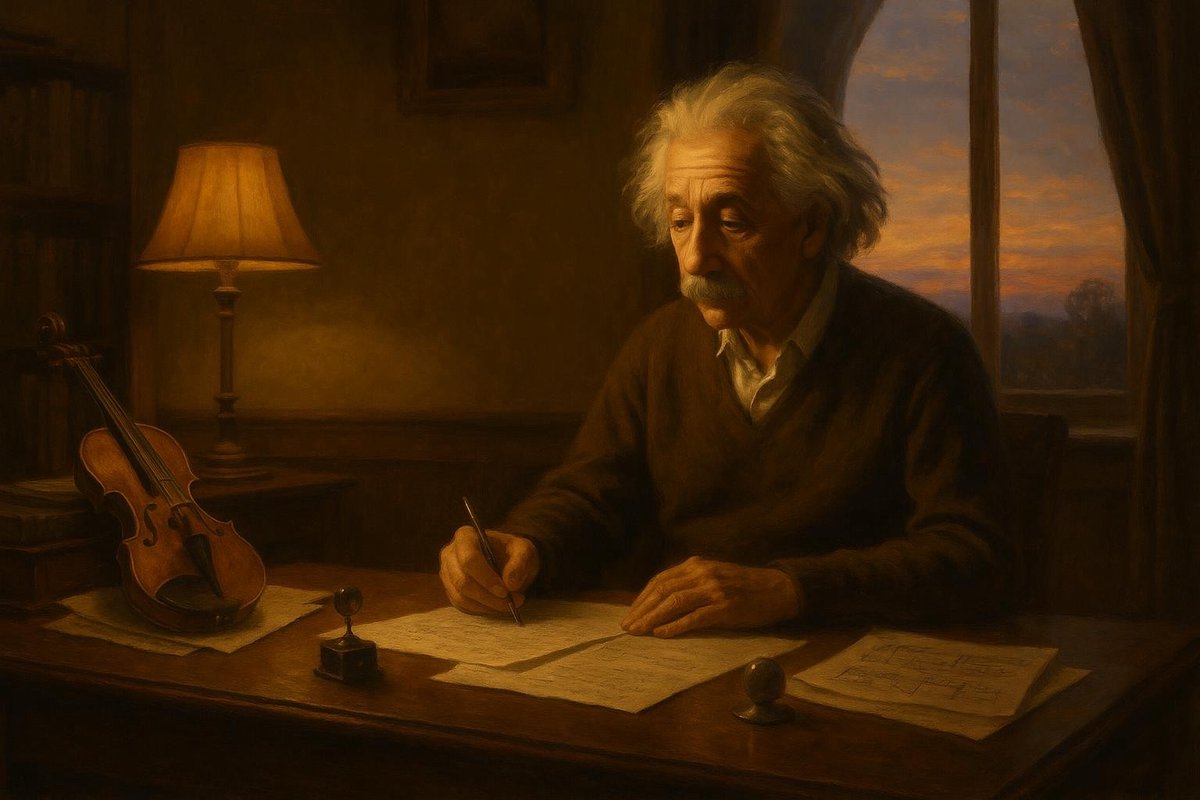
The Problem Context: A Universe of Certainty
Imagine gazing at a starry sky, certain that nothing about those stars could surprise you. This was the mindset of many 19th-century astronomers and physicists, living in a universe stitched together by Newton’s laws. The cosmos was a grand, predictable clockwork. But then, strange anomalies began to appear—like the curious deviation in Mercury’s orbit. Why did such a reliable planet wobble away from its predicted path?
• Newton’s laws ruled the cosmos with precision, leaving little room for surprises.
• Mercury’s orbit deviated, hinting at forces beyond classical understanding.
• The stage was set for questioning the very fabric of the universe.
As time went on, whispers of uncertainty grew louder. The need for a theory that could accommodate these cosmic quirks became palpable. In an era ripe with scientific upheaval, Albert Einstein emerged, ready to turn the world upside down.
The Theoretical Breakthrough: Einstein’s Vision
Enter 1905, a year often dubbed Einstein’s annus mirabilis, when he published four groundbreaking papers. Among them, his theory of relativity reshaped our understanding of space and time, bending them like notes in a symphony. Interestingly, he saw the cosmos not as a static stage but as a flexible entity capable of bending, stretching, and curving.
• Time and space are woven into a continuum, much like a musical piece.
• Gravity is not a force but a curvature in space-time, akin to a melody bending in pitch.
• Light’s path bends, revealing the harmony of the universe’s structure.
Einstein’s genius lay in his ability to visualize complex theories in accessible terms, to see the universe’s dance and invite others to hear its music.
Supporting Evidence: The Symphony Revealed
How do we know this isn’t just a fanciful idea? Well, the universe itself played along. During the solar eclipse of 1919, light from stars was observed bending around the sun, confirming Einstein’s theory and capturing the world’s imagination. Observatories across the globe turned their telescopes skyward to witness the celestial symphony play out in real-time.
• 1919 solar eclipse: the light bending around the sun became irrefutable proof.
• Scientific observations turned Einstein’s theory into observable reality.
• The public and scientific communities were enthralled by the confirmation.
This cosmic event was more than a scientific milestone; it was a cultural phenomenon, transforming Einstein from a theoretical physicist into a global icon.
Modern Relevance: Relativity’s Continuing Echo
Today, Einstein’s theory of relativity remains as vital as ever, underpinning technologies like GPS, which relies on space-time corrections to function accurately. Our understanding of the universe continues to expand, much like a symphony evolving with new movements, harmonies, and themes.
• GPS systems illustrate relativity’s practical applications, requiring time dilation calculations.
• Contemporary astrophysics continues to explore relativity’s implications in black holes and beyond.
• The symphony of relativity plays on, echoing through modern science.
Einstein’s vision has transcended its origins to become a fundamental part of scientific inquiry, forever altering how we perceive reality.
In reflection, Einstein’s approach to problem-solving—his curiosity, imagination, and willingness to embrace uncertainty—remains deeply relevant. In a world facing complex challenges, his mindset invites us to think fluidly and embrace the harmony of disparate ideas.
Fuel Someone Else’s Curiosity
Consider sharing this journey through the symphony of relativity with others. By sparking conversations and inviting questions, you help keep the spirit of curiosity alive. Who knows whose imagination it might ignite next?

Leave a Reply